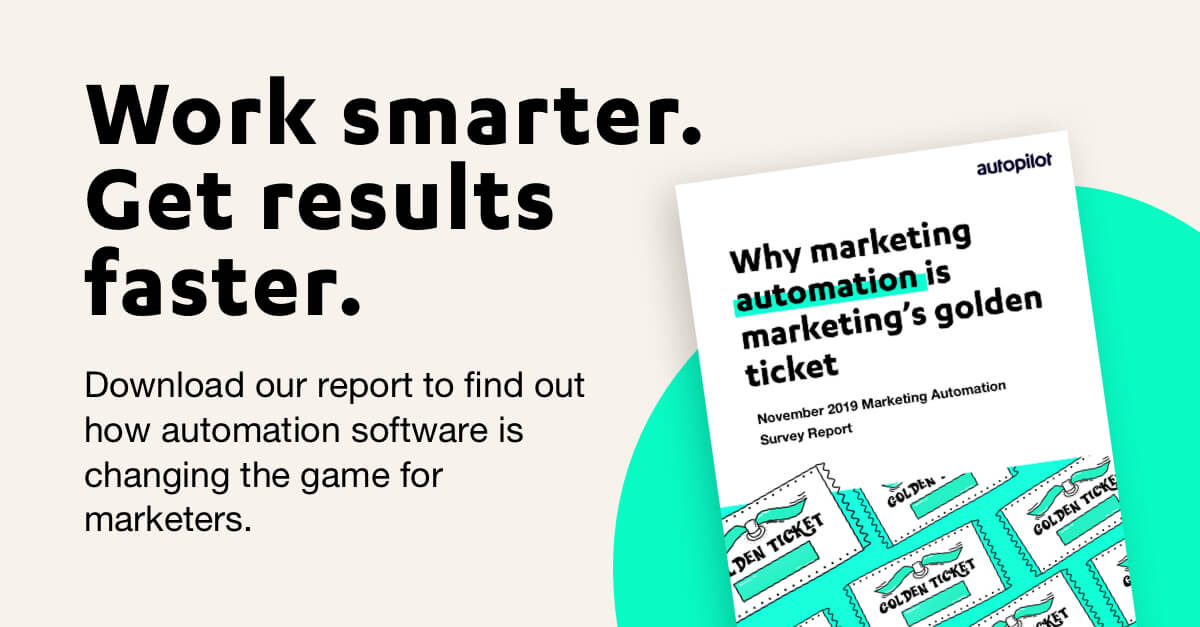March 3, 2020
Engage with your customers in their own language — literally
Addressing your global audience
Almost half of all Internet users speak another language aside from English (Nielsen Online). If your e-commerce website is only in English, a significant portion of your audience is being excluded — and valuable opportunities to engage with them are being wasted. In fact, 75% of online shoppers prefer to buy products from websites written in their native language while 86% of localized marketing campaigns outperformed the English versions in both click-through and conversion rates (CSA Research).
When it comes to communicating with a worldwide audience, you should put your best foot forward every time, no matter the time, place, or language. And localization is key to expanding your brand’s reach and reputation, increasing trust, and enhancing the customer experience for all users, regardless of what language they speak.
Delivering a positive localized customer experience
You may be marketing to a global audience, but you’re probably not speaking their language — literally. This Using Multiple Languages in Headsup Messages journey allows you to send personalized Headsup messages to contacts based on the dominant language in their region.
It’s important to note that implementing this journey as part of a broader globalization strategy is only beneficial if your business has the resources to back it up and if it improves the overall customer experience. In other words, you must take care to only configure languages your team is proficient in so they can follow up with incoming messages from customers with ease. After all, you don’t want to set false expectations and ruin the customer experience by welcoming visitors in Spanish when no one in your team can actually speak more than 2 words of Spanish!












